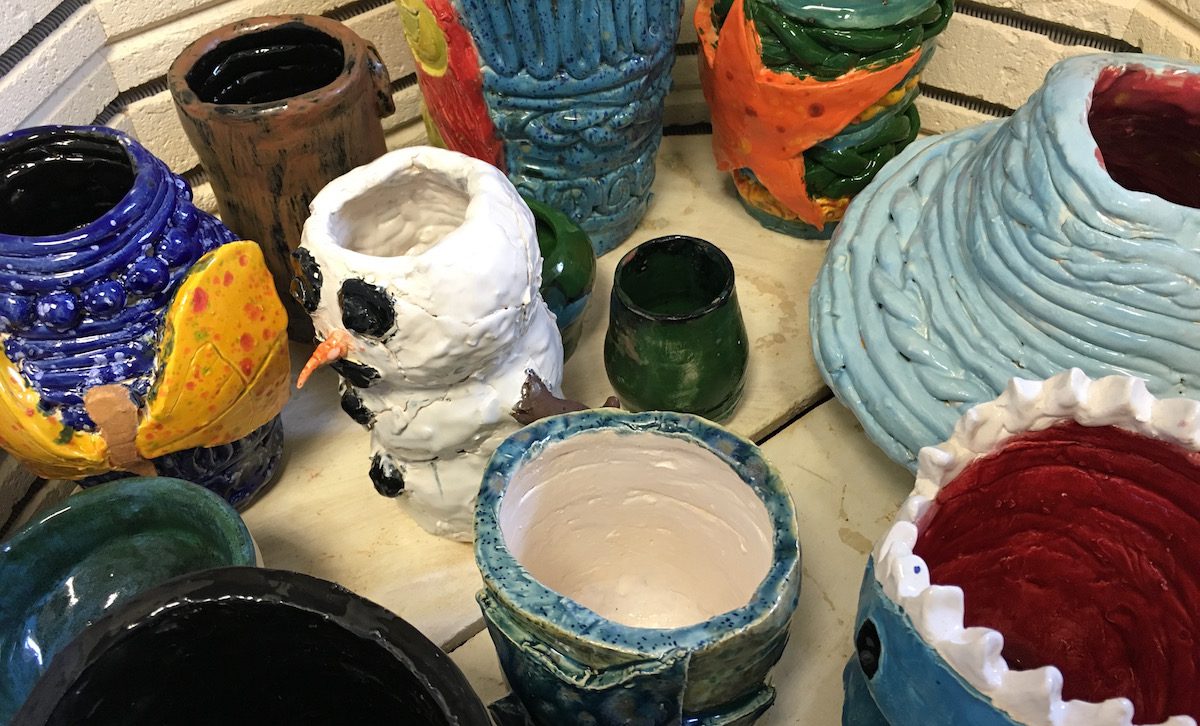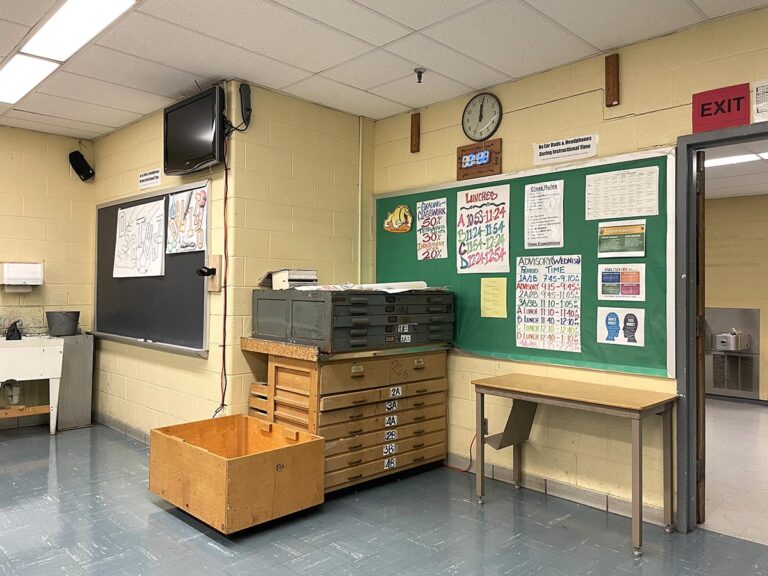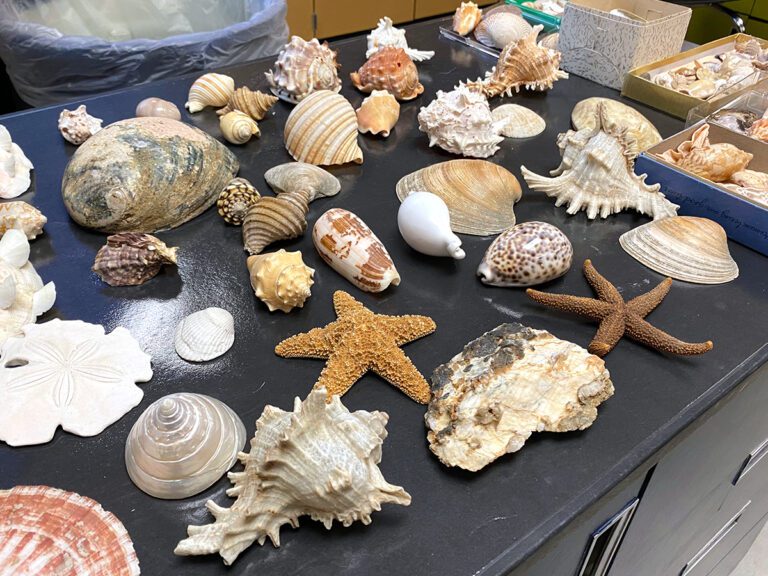I once had a colleague who was called to his school in the middle of the night because “the kiln was on fire.” Of course, the kiln was very much on fire because there was a load of clay pieces being fired. But, when the custodian noticed “flames inside a machine,” his first reaction was to call the fire department.
Although my colleague tried to explain that there should be a fire in the kiln, the firefighters still made him turn it off. Just as any good art teacher would do, he turned that kiln right back on knowing his students had work to do! Unsurprisingly, when he returned to school several hours later, the kiln was running just fine and there were no fires to be seen.
Although most of us will never get a call like that, it’s normal to feel nervous about using your kiln.
If you’ve ever worried about causing a major disaster with your kiln, use the following tips to make sure you’re being as safe as you can be.
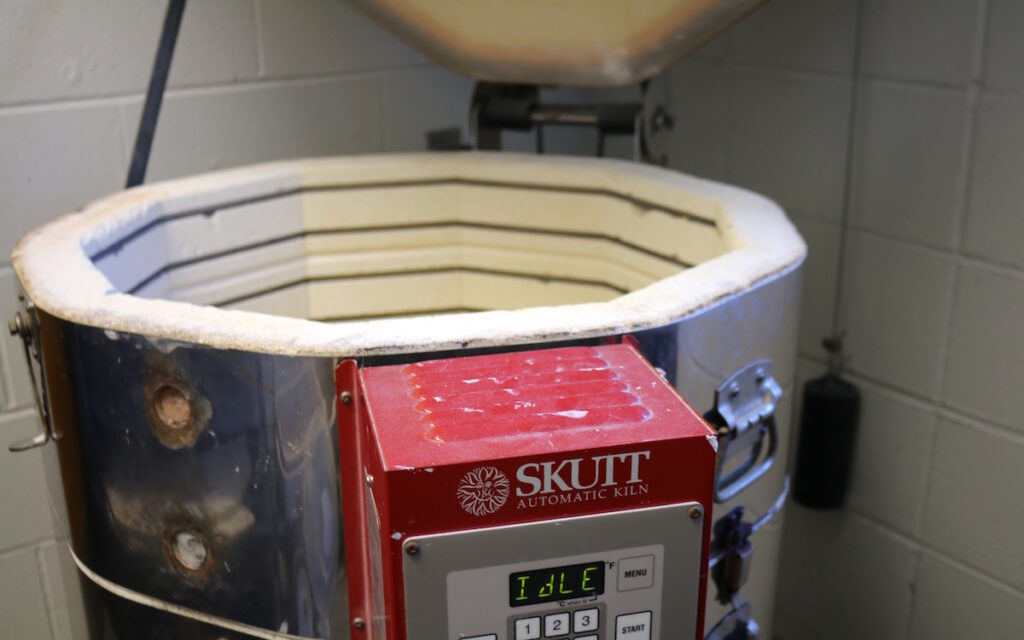
1. Clean and Prepare Your Kiln
Kilns have a tendency to be neglected when it comes to the art room cleaning routine. Even without major clay explosions, bits and pieces of bisqueware gradually collect at the bottom and in the elements which can affect firing and the condition of the kiln over time. Start making it a habit to clean your kiln before each firing. Use a shop vac or handheld broom to make sure your kiln stays in tip top shape!
Before a glaze firing, you will also want to prep your kiln shelves with kiln wash. Using kiln wash on the tops of the shelves will prevent puddles of glaze from becoming permanent. If glaze does drip onto the shelves, it can easily be chipped off. Generally speaking, your kiln shelves will need to be coated with kiln wash every 6-12 months. For more on precautions when setting up your kiln room, check out this download.
2. Tell Someone You’re Firing
It’s nearly impossible to fire your kiln from start to finish while you’re at school. There are going to be times when you are not physically in the building to check on your kiln. Make it a habit of telling someone you are firing. I’d recommend telling your evening custodian or building administrator so the above scenario doesn’t happen to you!
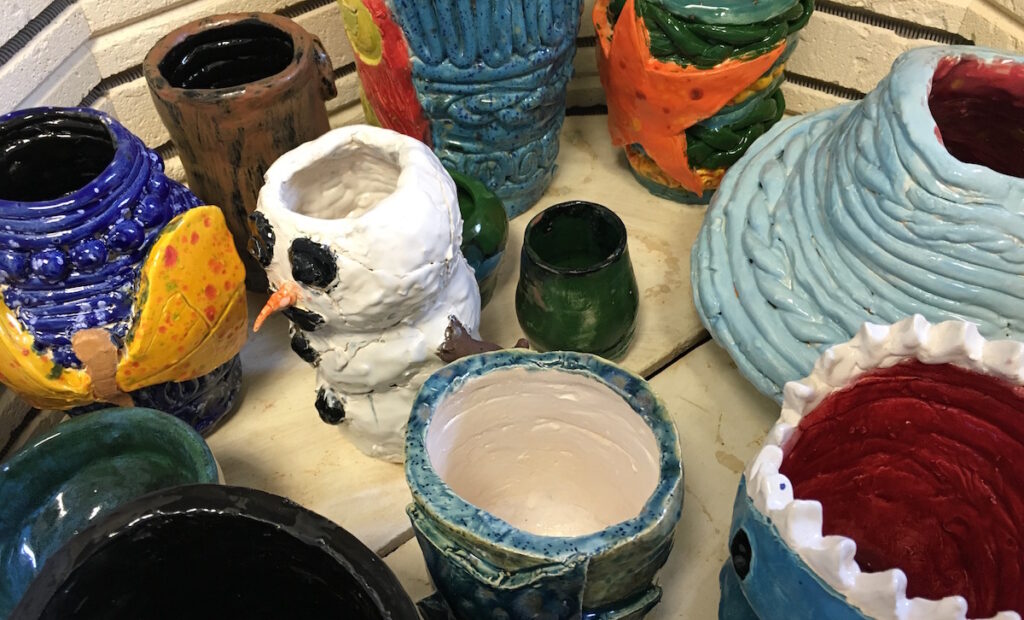
3. Plan Accordingly
Since it isn’t always practical to be present from start to finish while your kiln is firing, create a firing schedule that works for you. If you aren’t able to be present the entire duration of the firing, I’d recommend being there when the process is complete. Plan for the firing to finish when you are at school. This will help you avoid any major catastrophes and ensure pieces are not over-fired and the kiln is stopped.
4. Test Fire
Typically speaking, it’s in the best interest to fire with a full load to save on electricity and the integrity of the kiln. However, if this is your first time firing a kiln, test fire your own sample work before you fire a load of student work to make sure no problems arise. Consider using the same techniques your students will be using so you’ll know what to expect as you fire.
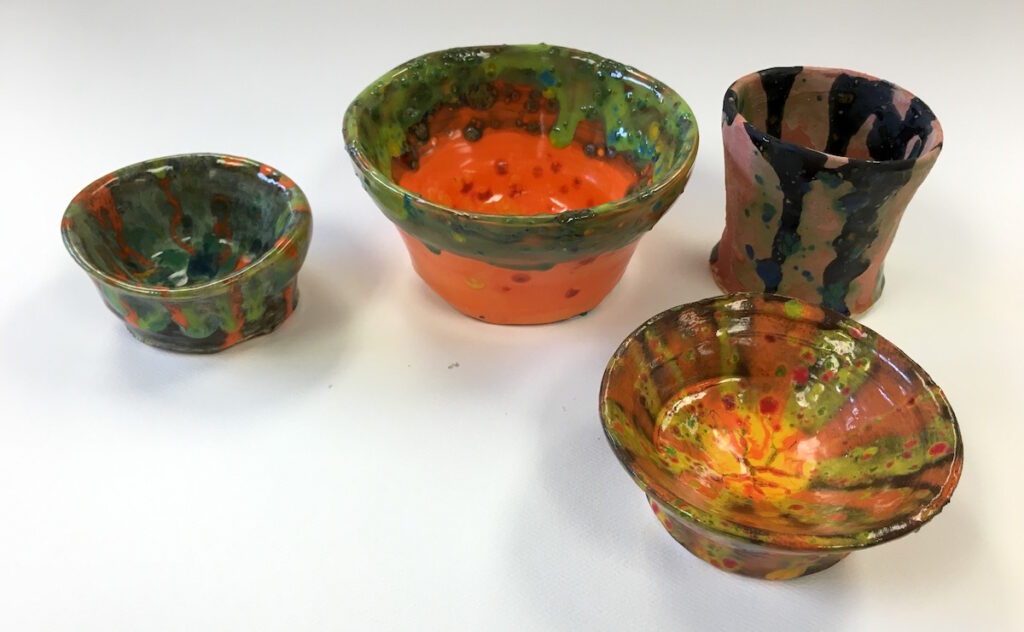
5. Know Your Materials
If you’re new to clay, stick with low-fire clay bodies and glazes. Problems like pinholes and cracks in glaze occur when the proper clay body and glaze are not used. To prevent these issues from happening, start simply by using clay bodies and glazes that are near the same low-fire cone. There will be plenty of time to explore more advanced techniques once you’ve become comfortable with your kiln!
Working with clay is such a rewarding process for your students. Do not do them a disservice by simply letting your kiln collect dust in the corner of your room! Remember to get to know your kiln by using the resources and online manual provided by your kiln company. Your kiln does not need to be scary, and you’re most likely not going to burn your school down!
Have you ever had a major kiln catastrophe?
What is preventing you from using your kiln?
Magazine articles and podcasts are opinions of professional education contributors and do not necessarily represent the position of the Art of Education University (AOEU) or its academic offerings. Contributors use terms in the way they are most often talked about in the scope of their educational experiences.
